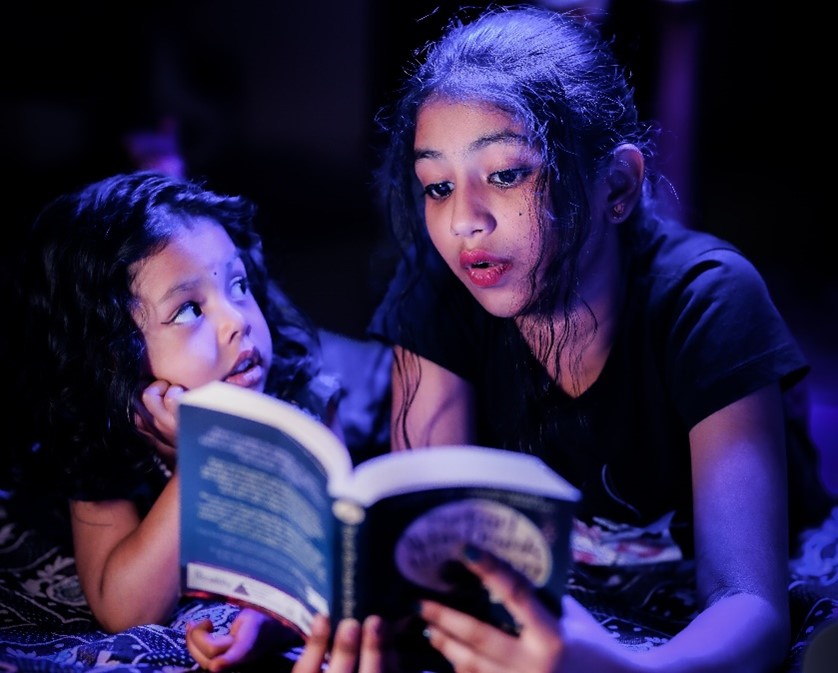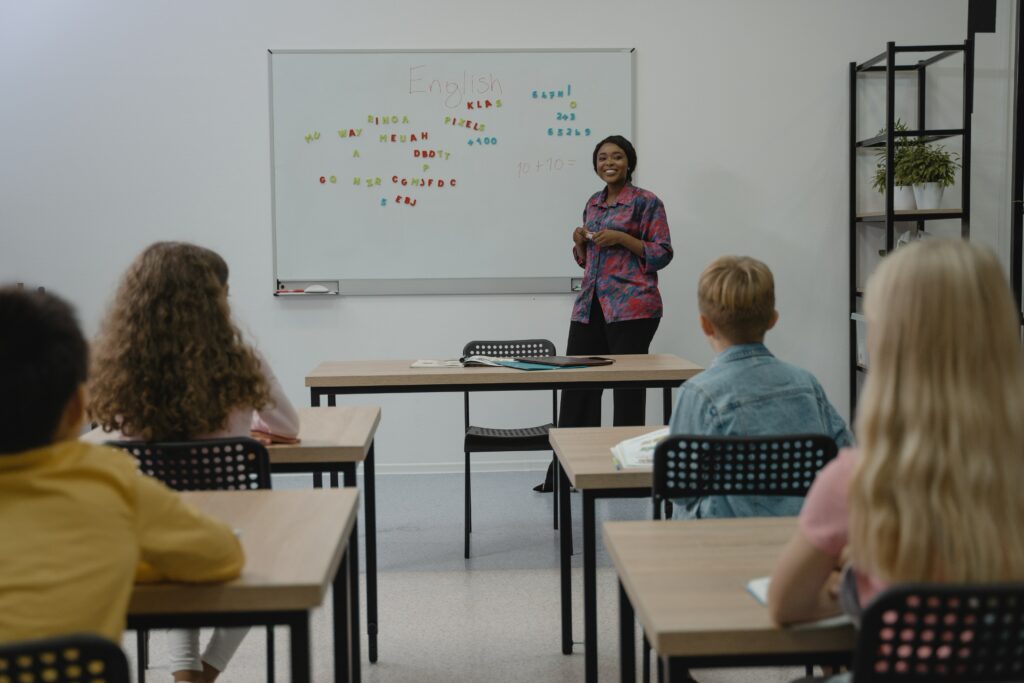Storytelling is an effective tool to teach languages, boost empathy and help students develop critical thinking. It is also very useful to engage learners with SLDs as its formats can be easily adapted to their needs.
Storytelling is the art of telling stories and it has been a very effective tool for transmitting knowledge throughout the centuries. Nowadays it is used in many fields such as marketing or politics. Its most important feature is appealing to people’s emotions which makes it very powerful.
It can also be a learning technique to teach languages as it accepts different formats – written content, images, video, audio, subtitles, and descriptions – that help develop the four main language skills: reading, writing, listening, and speaking. Using stories in class will engage students because they are more entertaining, and they are different from traditional exercises. They will grab pupils’ attention and, as they are effortlessly memorable, will enable them to retain knowledge in a transformative way.
Introducing storytelling in class can also help educators teach about heritage and positive values and, thus, break barriers and increase students’ respect towards other cultures. Whether it is a short anecdote, a case study, or a personal tale, stories offer a connection with the audience which makes them more open to new ideas, concepts or experiences. That is why it is a great tool to help students develop their empathy and critical thinking.

Learning a new language implies knowing a new culture and pupils should be open to discovering new ways of thinking which might be different from their own culture. Different doesn’t mean that it’s bad, but empathy and critical thinking are key to understanding this and embracing a new cultural reality. Taking the perspective of others may have a lasting positive effect on diversity-related outcomes by increasing individuals’ internal motivation to respond without prejudice. This results in an inclusive learning environment where students can practice a new language and discover new realities without being judgemental.
Nevertheless, creating an inclusive learning environment also implies being suitable for all kinds of students, especially those with Specific Learning Disorders (SLDs), who need materials adapted to their needs. Both physical and digital storytelling have all the ingredients to make language lessons more engaging and fruitful for all students. Learning disabilities affect the foreign language acquisition process as learners might have issues developing one or more of the main four skills. For instance, dyslexic learners will struggle more during writing and reading practice, but they will find it easier to practice listening and speaking skills.
Therefore, if the storytelling format is adapted to the different abilities of students, they will feel more confident, and their learning process will be more fruitful. That is why the format must be carefully selected to fit SLDs. As every disorder is different, teachers must understand what the needs of every pupil are to use storytelling in a useful way. The most important aspects to consider are the font style and size and division of information in written content; voiceover, tone of voice, and pace in audio content; colours and order of sequences in visual content. If these aspects are considered, the storytelling materials will be suited to students with learning disorders who will also benefit from the activity as the rest of their classmates.

Would you like to know more about the applications of storytelling in inclusive language learning environments? Discover the project Shared (Hi)stories aims at broadening the minds of secondary students in the EU with regard to cultural and historical heritage while perfecting their English skills. All the materials produced will focus on the combination of the power of storytelling in language learning, the awareness of cultural heritage, the development of critical thinking skills and the creation of inclusive learning materials.
Their booklet on storytelling and language learning will be ready soon, stay tuned! Subscribe to our newsletter and follow us on LinkedIn to keep up with the latest updates about the project!
Boris, V. (2017, December 20). What Makes Storytelling So Effective For Learning? Retrieved from https://www.harvardbusiness.org/what-makes-storytelling-so-effective-for-learning/.
Nicholson, N. (2022, April 5). Storytelling and inclusivity: The power to learn and connect [web log]. Retrieved from https://blog.kantola.com/4477/storytelling-and-inclusivity-the-power-to-learn-and-connect/.
Quiring, J. (2017). Writing Digital Stories as Learning Strategy for Students with Specific Learning Disabilities (thesis). Retrieved from https://viurrspace.ca/bitstream/handle/10613/5426/Quiring.pdf?sequence=1&isAllowed=y
Bartelheim, E. (2016, November). Storytelling in the Classroom [web log]. Retrieved from https://www.ohio.edu/instructional-innovation/stories/showcase/storytelling-classroom.

